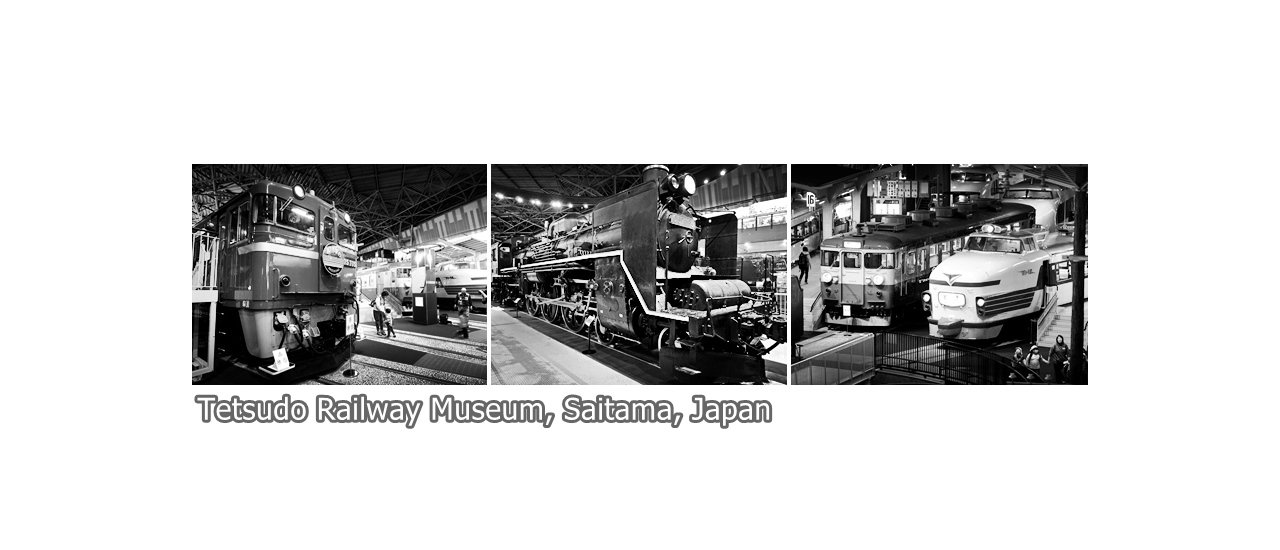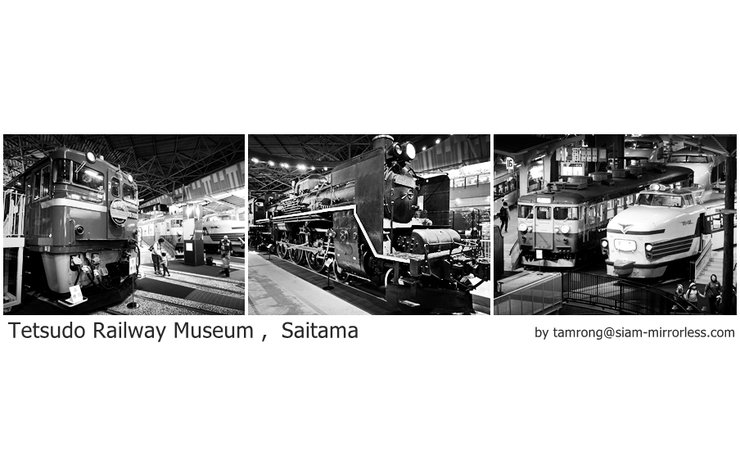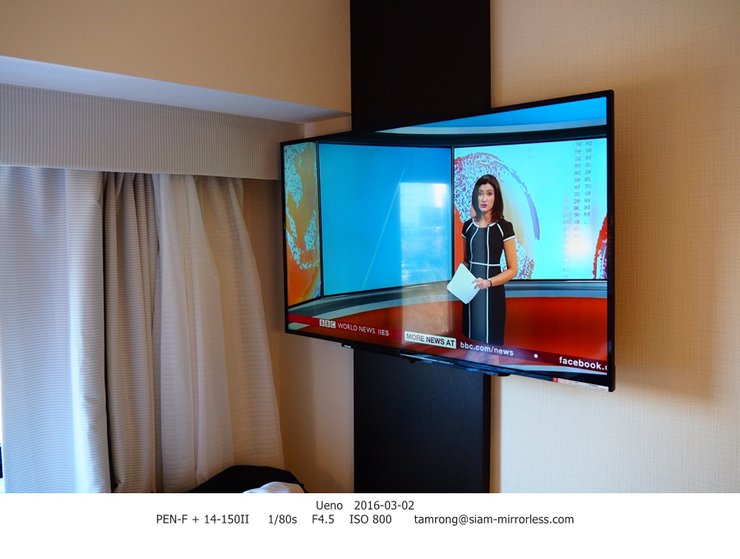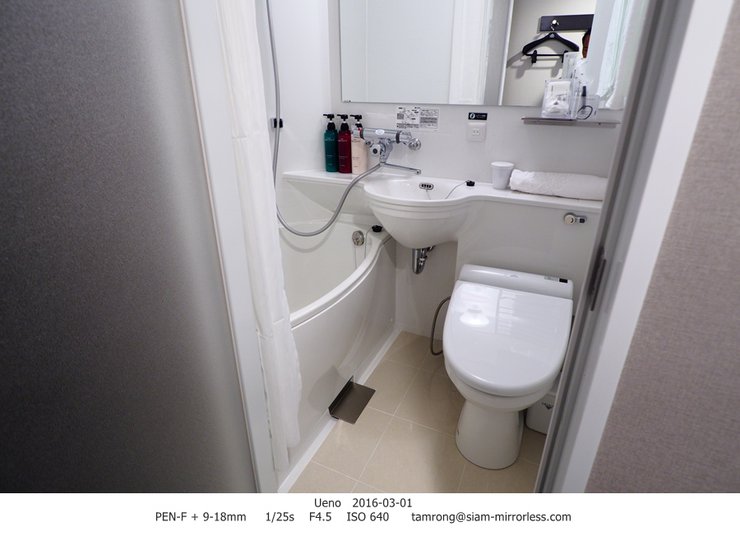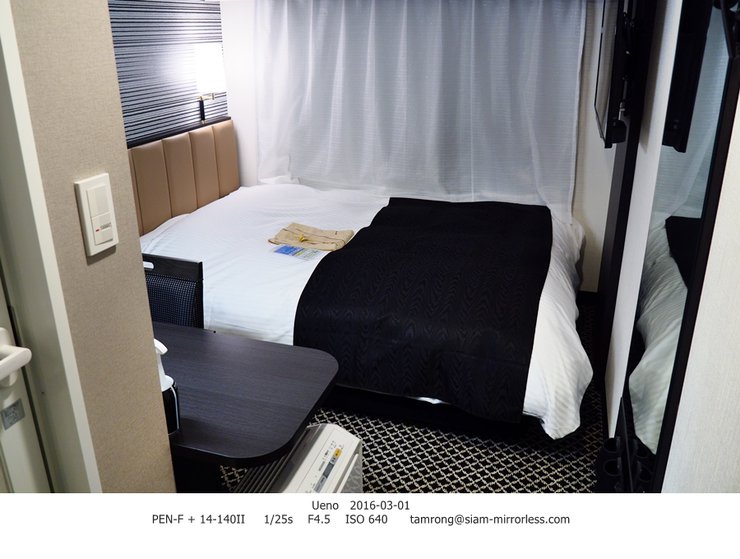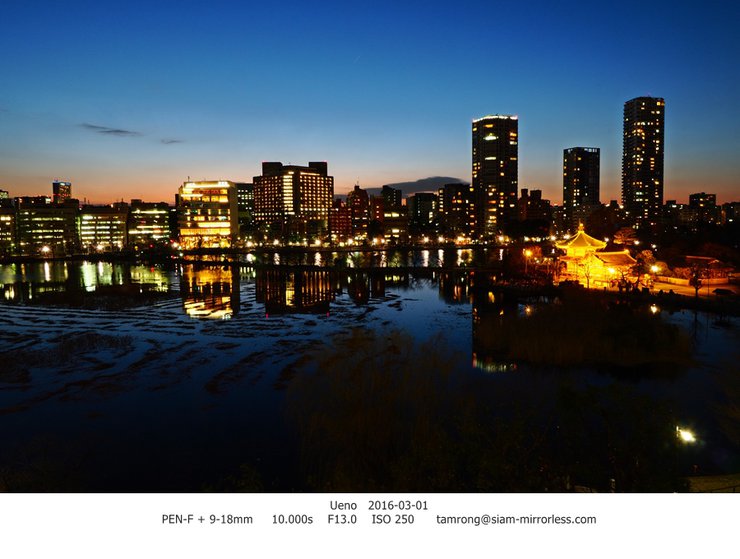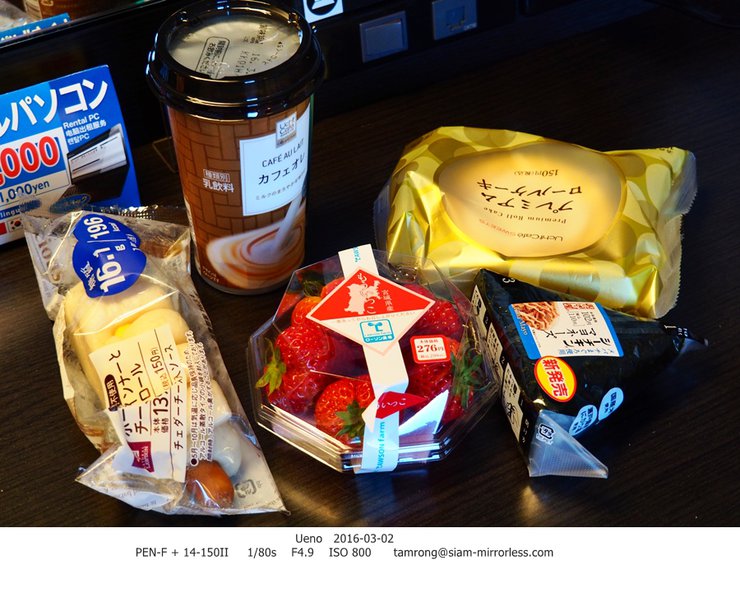This post will take you on a tour of the Railway Museum, also known as the Railway Museum, in Saitama Prefecture, near Tokyo.
I have half a day left before returning to Thailand. I don't know where to go.
But I also want to use the Tokyo wide pass to get my money's worth.
As a train enthusiast, I wanted to visit the Railway Museum. It only took a few hours to get there and back, starting from my hotel.
This newly opened hotel is located right next to Ueno Park, behind Keisei Ueno Station.

The day I stayed here, the hotel had just opened, so new that the paint wasn't even dry yet. Haha.
The hotel is still full of congratulatory flowers.

A single room, or in Thai, a room for a single person, sleeps one person and costs 7,000 yen.
But now I feel that the price has gone up after entering the Sakura page.

The bathroom, bathtub, Wi-Fi, kettle, and air purifier are all available, meeting the standards of Japanese hotels.
And the room was also narrow by Japanese hotel standards, haha.

Due to the narrowness of the room, they compensated for it with a widescreen almost as wide as the bed.
I was so busy taking pictures of the view that I only just noticed the TV. It's already morning.

And the best thing about this hotel is the view. The room rate is in the thousands, but the view is worth hundreds of thousands.
From the room, you can see the Shinobazu Pond and Bentendo beautifully.



You can sit and enjoy the view all day and night. This clip was set up and left to record while I went down to eat dinner at Ameyoko.

Breakfast can also be found at the nearby supermarket.
Sausage bread, rice balls provide energy.
Cream cake that is more delicious than 7-Eleven in Thailand
And then there's the strawberry to cleanse the palate, but the coffee is a bit bland.

After that, I checked out and left my luggage at the hotel. I'll be back to pick it up later in the evening. I'm going to go sightseeing first.
Walking out of Ueno Park, I came across Kawazu cherry blossoms blooming in full glory. I took some photos to bring back to Thailand as a reminder of this beautiful sight.


Entering Ueno Station, I proudly swiped my PASS and walked into the shinkansen Gate. Hehe.


The Railway Museum is located in Omiya City, Saitama Prefecture.
This station is where almost all Shinkansen trains on the northern line stop.
Like a train from Hua Lamphong, it has to stop at Samsen station.
You can take any Tohoku Shinkansen train, as they stop at almost every station.
But I chose to take the Hakutaka because I wanted to ride the newest E7 series shinkansen.

Coming down to the platform, I saw a lot of brothers and sisters carrying snowboards.
It looks like you're going skiing in Yuzawa.

Each train will have a sign indicating which carriages are for non-reserved seats and which are for reserved seats. Please wait at the correct carriage to board the train.
I didn't book a seat, so I have to go to the counter 1-2-3.

This train, MAX TOKI 317, departs at 10:50. It is a Shinkansen series E4, which is notable for being a double-decker Shinkansen train.
The Joetsu Shinkansen whisks passengers away to the snowy slopes of Yuzawa, terminating in Niigata Prefecture.

The next train is mine. It's here, the Hakutaka 557.
It's a brand new car, only been in service for about a year.
No need to sit down. Just stand and enjoy the view, take some pictures along the way. Buildings, buildings, buildings.
Here is the translation:
It's time to get off at OMIYA Station in SAITAMA City.
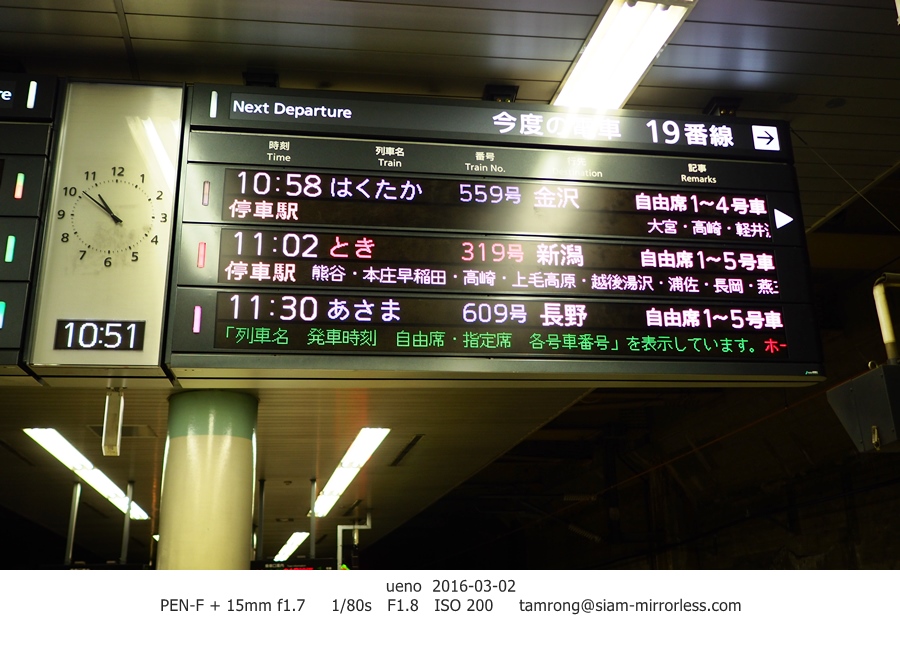




We have arrived at Omiya Station.

Exit the gate following the signs for "The new shuttle" and continue until you reach the end of the station on the other side.
This will be The new Shuttle station. This station is free with the Tokyo wide pass.
To get to the Railway Museum, take the new shuttle bus for one more stop.

This is the train museum.


A steam locomotive wheel is waiting to welcome you.

The tiles on the floor are a train timetable. Cool!

Insert 1000 yen into the machine to buy a ticket.

The entrance is a ticket gate, similar to the one at a train station. It's pretty cool.


I took the escalator up to the second floor first, wanting to see the museum from a high angle.
As you ascend to the second floor, you will encounter a mosaic wall depicting the evolution of Japan's railway system.
The color is so beautiful.

Looking from above, there are locomotives from different eras parked all over the place.




The exhibition showcases the timeline of Japan's railway development, from the past to the present.



Looking down, you will see the turntable, the turntable of the locomotive, which is still in use.
There is also a show for the children to watch. They really like it.
They will bring a lot of kindergarten children to visit.
This country seems to be instilling a love of trains in children.
Roughly translated, it means: "Look, from now on, you little ones will have to live your daily lives with this thing for the rest of your lives."
He has been a tetsu since he was a child.
The children were able to correctly identify the names of the trains. This one is the Asuza, and this one is the Hikari.



From the top floor, down the stairs to the bottom floor, I found this Series 0 Shinkansen.
Looking at its appearance, it doesn't seem very fast, does it?
But this is the fastest inanimate object on rails on Earth, operating since 1964.
It's amazing, back in 1064, Chiang Mai, my hometown, only had three-wheeled vehicles, motorcycles, jeeps, and old sedans.
Many roads are still red clay gravel roads.
But Japan, a country that lost World War II and was hit by two atomic bombs,
But there is the fastest train in the world, what will recover that fast?
The name of the train is Hikari, which was the most voted name. It means light.
The light that will bring brilliance to Japan





I saw the sign, and the announcement echoed in my mind: "This is the Hikari Super Express service bound for Shin-Osaka."
In 1964, my father hadn't even finished school yet. Tears are about to fall.


After standing in awe of the prosperity of other cities for a long time,
Let's head over to another part of the museum. This is an outdoor museum with a playground and a few limited express trains parked there.
Asuza

Let's take a look at the cars on display in the building.
AKEBONO ED75 class diesel locomotive
Running between Ueno and Aomori Station during the year 75.


EF55 Electric Locomotive Class
It ran on the Tokoku line before World War II.

This train, a C57 steam locomotive from the 1940s, was one of the most widely used models, playing a significant role in the nation's development.
This motorcycle model is still running as a special train in Japan. The sound of the whistle and the hissing of the steam are still unforgettable to this day.





The third floor has a restaurant and a train viewing area.
It's like a living museum.
Because the building is located next to the Shinkansen tracks.
Shinkansen trains run through all the time.
A sign will indicate the time and which train will be passing by.
You can watch it now. The children are all standing and watching.




And there's a rooftop too.
You can go up and listen to the sound of the shinkansen passing by without any obstructions.
But I can't find the stairs to go up.
I found out later that I had to take the elevator to the rooftop. Tears were about to fall.
After that, I took the shinkansen to Utsunomiya and then returned to Tokyo.
Had dinner, bought some small things, and then took the monorail to the airport to catch my flight back to Thailand.
I hope to take the Hokkaido Shinkansen to Shin-hakodate hokuto now.
tamrong
Friday, September 27, 2024 10:06 AM

